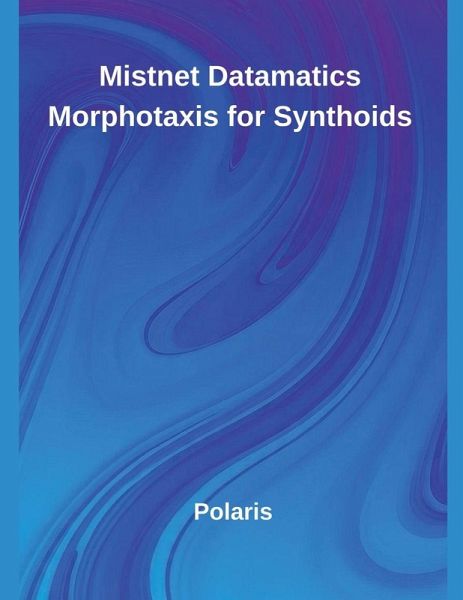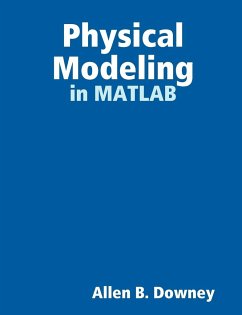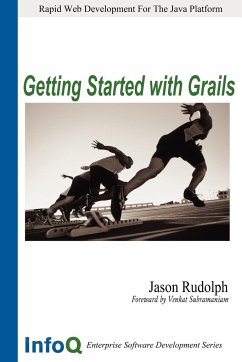
Mistnet Datamatics Morphotaxis for Synthoids
Versandkostenfrei!
Versandfertig in 1-2 Wochen
28,99 €
inkl. MwSt.

PAYBACK Punkte
14 °P sammeln!
Robotics as an academic entity is comparatively young with intensified goals of many directions; the ultimate is the creation of machines capable of acting and thinking like humans. Robots are machines, which are invented to replace or augment the jobs of humans. The applications of robots in the real world are enormous. They are deployed in various scenarios where humans can be replaced mainly to do dangerous or tedious tasks under hazardous and hostile environments. The job may include from firefighting, deep sea or underwater to extreme space exploration. Robots could also be guided in a su...
Robotics as an academic entity is comparatively young with intensified goals of many directions; the ultimate is the creation of machines capable of acting and thinking like humans. Robots are machines, which are invented to replace or augment the jobs of humans. The applications of robots in the real world are enormous. They are deployed in various scenarios where humans can be replaced mainly to do dangerous or tedious tasks under hazardous and hostile environments. The job may include from firefighting, deep sea or underwater to extreme space exploration. Robots could also be guided in a supermarket, art gallery, and hospitals or as a domestic helper, etc. This crux of the problem of creating intelligent machines usually leads us to explore ourselves to know the mechanism of our bodies to function, the way they are viz., how limbs are coordinated, and how humans learn and perform complex tasks. This sense of questioning and imitating human beings is what makes robotics such a fascinating and engaging endeavor.












